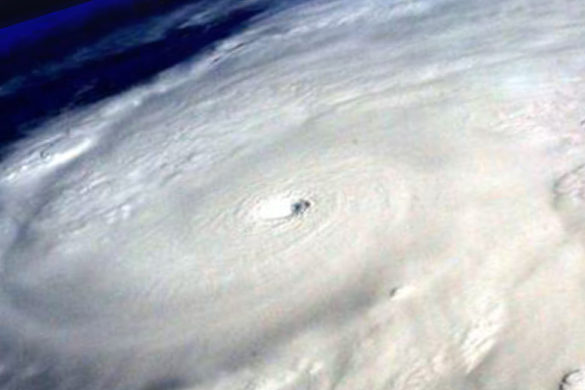New research published in Nature Sustainability shows, normalizing for economic losses from hurricanes making landfall over time, there has been no trend in either increased or decreased economic losses from hurricanes from 1900 to 2017.
From 1900 to 2017, the 197 hurricanes making landfall in the continental United States 206 times caused approximately $2 trillion worth of economic damages (in 2018 dollars), just under $17 billion annually. Decadal losses were larger in the earlier part of the twentieth century, lower in the 1970s, 1980s, and 1990s, then rising again in the first decades of the twenty-first century, though still not exceeding the losses from the early part of the twentieth century.
“The greatest annual normalized damage occurred in 1926 (US $244 billion), exceeding the next greatest loss year (2005) by about US $74 billion,” according to the report.
Interestingly, the rise in damage in the early decades of the twenty-first century are largely attributable almost entirely to two severe hurricane years in 2005 and 2017. Between those years, the continental United States “experienced a long period of good fortune with respect to landfalling hurricanes, notably the 11-year stretch of no major CONUS hurricane landfalls that ended in 2017.” However, a single hurricane, the Great Miami Hurricane of 1926, exceeded losses from all the hurricanes making landfall in 2005 or in 2017 combined. Indeed, the two most costly in terms of economic damage, and three of the five most costly hurricanes, hit the United States before 1927, and four of the five costliest hurricanes occurred before 1993.
The data shows that neither hurricane losses, hurricane formation, hurricanes making landfall, nor major hurricanes striking the United States have increased during the recent growth in greenhouse gas emissions and modest rise in global average temperatures.
Improved infrastructure including better mitigation policies, planning, construction materials, and building codes may account for the fact normalized losses have not increased despite an increase in population and an associated increase in the number of homes, businesses, and infrastructure on or near the coasts of the United States.











